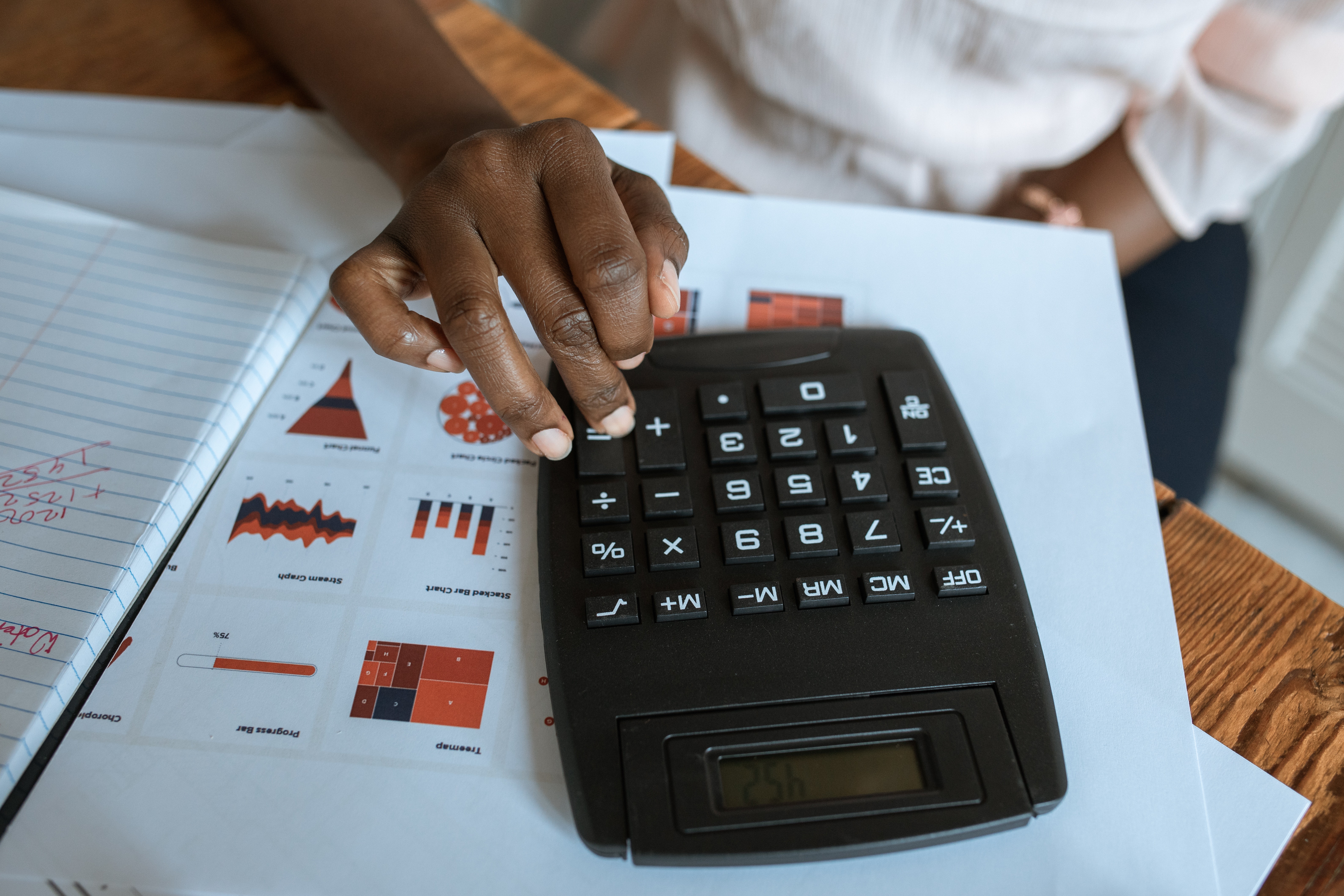A lot of problems can arise in a small business if there are past-due invoices. Late payments not only waste time chasing down the money, but lost income can cause a disruption in the cash flow of the company. Cash flow is crucial for the survival of the business, so it is important to keep it healthy. Unfortunately, many businesses experience late payments and puts businesses at risk.
The following are common problems that small businesses have experienced from past-due invoices.
- Small business owners could not pay themselves
- Could not hire new employees
- Were unable to invest in new equipment
- Stopped their marketing efforts
- Pay increases and bonuses for employees were delayed
- Were not able to build their inventory
There are disadvantages for the customer too when they pay late such as lower credit scores and being hunted down to pay up.
What You Need to Know About Invoices
Invoices can get created before the project starts, or the transfer of goods occur or come at the end of the sale once the agreement has been completed. The invoice notice informs the recipient of the amount of payment that’s due, when payment is due, and what forms of payment are accepted. It may also contain a purchase order number, a notice of early payment discount, and penalty fees for a past-due invoice.
When the invoice reaches the customer, it can be paid right away or entered into the system and scheduled for payment. However, unexpected circumstances can occur that will delay the payment, or a customer can simply forget about it. You want to give customers the impression they need to make their payments on time.
How to Write the Past-Due Invoice Letter
The definition of late depends on the business and its practices. Consider whether the customer pays late repeatedly or if it is a rare occurrence. Then you need to decide when to remind your customer about the unpaid invoice. The payment reminder starts with a past-due invoice letter.
The fastest way to send a past-due invoice letter is by email. It allows you to attach a request receipt so you will know when your customer has opened your email. When you send this make sure you record the date it was sent and remember follow up soon. There are invoicing programs out there that allows you to automate sending reminders, so you do not forget.
The letter should contain all the information about the past-due invoice and payment details including:
- A copy of the original invoice
- Invoice number, date of invoice, and the date you are sending the reminder
- Details of the service provided or products purchased
- The amount owed
- Payment terms, including late fees
- Payment options
- The person’s contact information
Think about the tone of the past-due invoice letter and that you are using a polite and understanding tone. If the invoice is overdue you can be more robust in your tone.
Next Steps
If you find that your business has sent three or more past-due invoice letters, it might be time to make a call. When you get someone on the phone, it is harder for them to avoid you.
Be prepared to accept payment over the phone and have the information you need on hand. If the person is not ready to make a payment, simply ask what the hold-up is. Follow up in a couple days and let them know of any late fees you might charge. Late fees are typically determined by using an interest calculator, which calculates the cost based on the number of days the payment is late.
The Final Step
If you have tried everything you can and still do not get the payment, you need to decide if you want to send the past-due invoice to a collection agency and report the customer to the credit bureaus.











